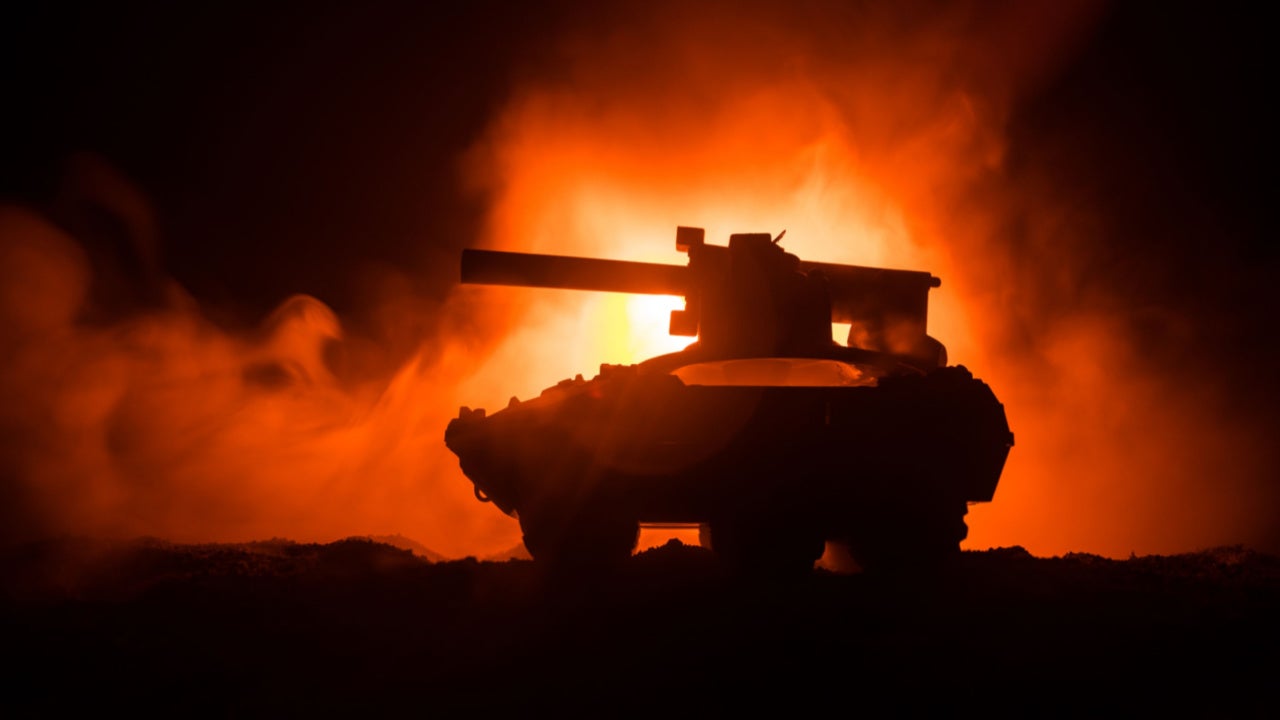High intensity warfare (HIW) introduces both new risks and new opportunities for players and investors within the defence market. In terms of immediate ‘benefits’, the existential threat that a HIW conflict poses to governments, political organisations, or social groups provides the impetus for a significant enhancement of military capabilities at both the tactical and strategic levels.
Listed below are the key regulatory trends impacting the high intensity warfare theme, as identified by GlobalData.
Shortened procurement timelines and HIW
In the case of HIW, the immediate necessity of fielding a continuous flow of weapons, ammunition, platforms, and technologies to forces in the field, acquisitions procedures are likely to be streamlined and shortened to respond to high demand. This has typically resulted in the large-scale acquisition of readily available commercial-off-the-shelf (COTS) products from both the defence industry and civilian markets.
Key examples of this include the widespread use of commercial 4×4 and 8×8 utility trucks manufactured by Mercedes-Benz and Toyota for logistical purposes, the purchase of quadcopter drones for disposable ISR assets, and the use of mobile phones instead of encrypted radios. Another factor is the accelerated fielding of prototype systems to gain a technological edge on the battlefield, though this could also prove to be expensive if systems are unfit for the purpose.
HIW: Security organisations co-ordination
The return to preparedness for HIW has increased major exercises involving manoeuvre formations and international cooperation between such units in exercises. Russia has seen increased manoeuvre exercises with China and the North Atlantic Treaty Organisation (NATO) countries have increased exercises for mechanised units.
These exercises are a result of efforts to increase cooperation within defence organisations such as NATO and CSTO. Such exercises are employed to demonstrate and develop the capability for joint action in conventional warfare scenarios.
International law
International law has inherent difficulty in quickly adapting to security threats. International law had the fundamental flaw of being selectively applied, in some instances resulting in the perception of victor’s justice, and in others, there is an outright absence of an international court able to adjudicate. This leads states to use other means to avoid legal consequences or investigations.
The Intermediate-Range Nuclear Forces (INF) Treaty
The treaty prohibited the signatories from possessing, producing, or flight-testing ground launched ballistic and cruise missiles with operational ranges of between 500 and 5,500 kilometres, their launchers, or any associated support structures and equipment. The US has since suspended its participation in the treaty on 1 February 2019, and Russia suspended its participation on 2 February 2019.
The treaty had meant neither party had developed and fielded the relevant defences against such weapons; however, there has since been a resurgence of interest in intercontinental nuclear-capable missiles and systems.
This is an edited extract from the High Intensity Warfare (HIW) / High Intensity Conflict (HIC) – Thematic Research report produced by GlobalData Thematic Research.






